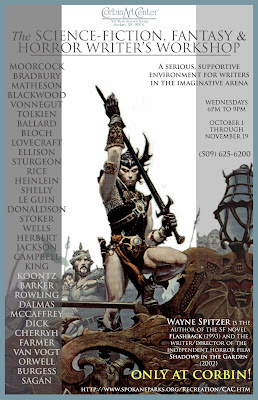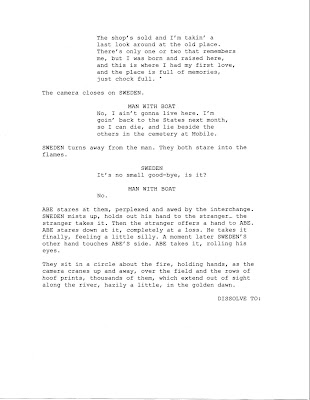
11/05/2008 - 9:00pm
Offers a serious, supportive environment for writers in the imaginative arena, a place Ray Bradbury called the October Country, "where the hills are fog and the rivers are mist, and the people passing at night on the empty walks sound like rain…"
6 weeks $60 / $5 supply fee included
Ages 14 Yrs and over
Spots Available: 12
Instructor: Wayne Spitzer
Registration Date: 04-01-08 6:00AM
Registration End Date: 09-29-08
Meets:
Wednesdays 6:30PM - 9:00PM
10-01-08
10-08-08
10-15-08
10-22-08
10-29-08
11-05-08
Web Link:
Spokane, Washington
United States
















